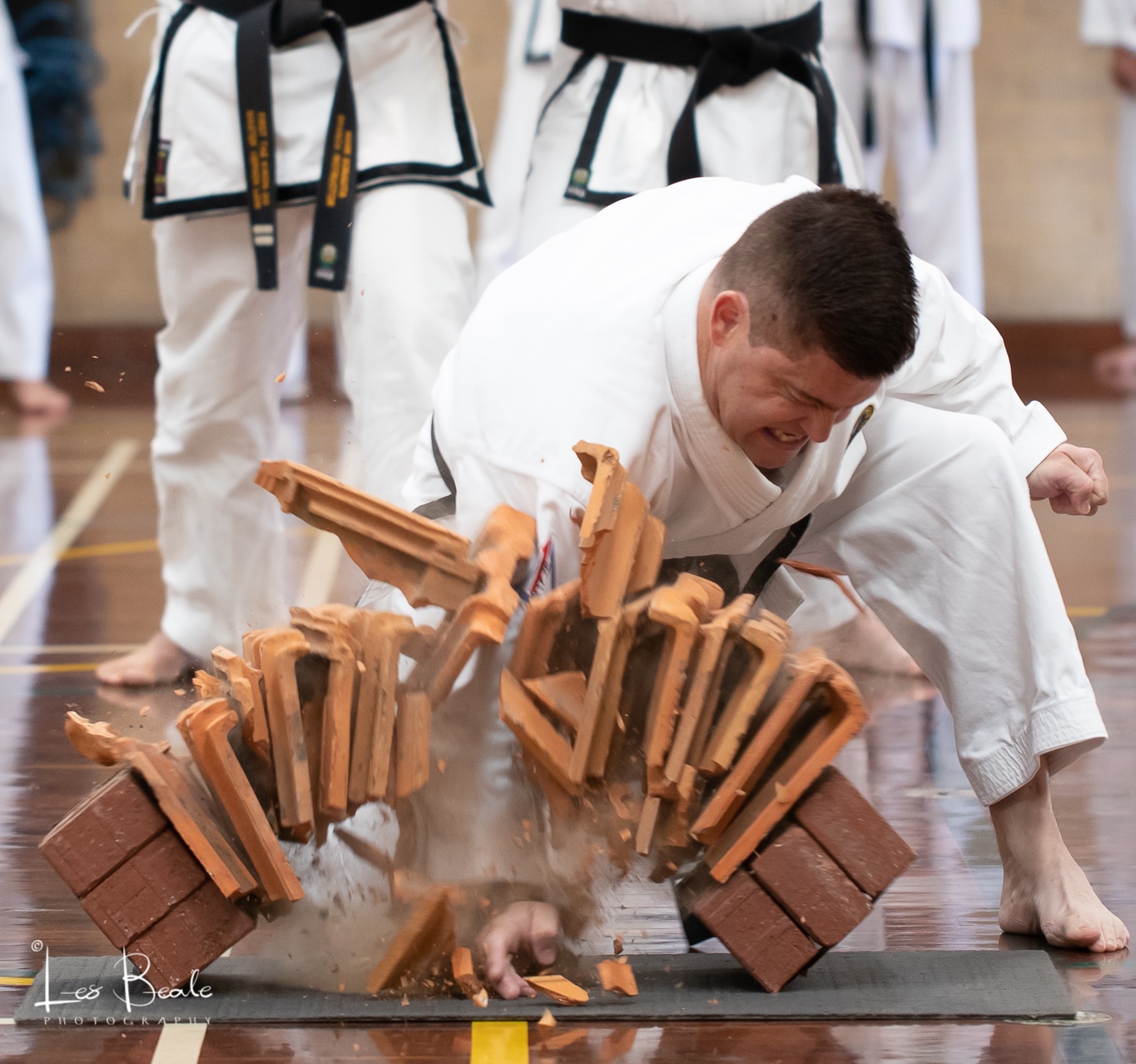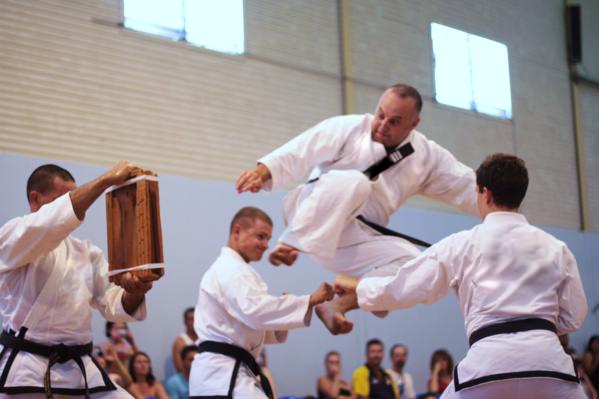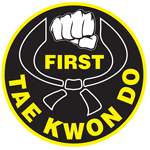History of First Taekwondo
The ancient art of Tae-Kyon evolved during the Silla Dynasty approximately 1300 years ago in Korea. This primitive art of unarmed combat was first practiced by monks. The three kingdoms of Silla, Koguryo and Baekebae made up ancient Korea. The smallest of these was Silla and was constantly invaded. King Chiu Heung then the 24th king of Silla gathered the strong, intellectual and patriotic youth of his kingdom to defend its territory. This elite group of dynamic youths prepared themselves mentally and physically to the extreme in the practice of Tae-Kyon and called themselves Hwa Rang Do. To give the group an identity a strict moral code was incorporated:
- Be loyal to your king
- Be obedient to your parents
- Be honourable to your friends
- Never retreat in battle
- Make a just kill
With this band of dedicated and fearless Hwa Rang the three kingdoms were unified. After the Silla Dynasty the art of Tae-Kyon had a few setbacks. During the Yi Dynasty Tae Kyon was not encouraged, rather there was a preference to literary arts. As a result development in the art was sadly hindered. Worse was yet to come. When the Japanese occupied Korea the practice of Tae-Kyon was absolutely forbidden. Only in very remote rural areas a few traces of Tae Kyon survived. The art was nearly extinct. Not until after liberation (36 years of Japanese occupation) did the intense feelings of patriotism and national pride revive the practice of Tae-Kyon. Today Tae-Kyon is known popularly all over the world as Taekwondo.
The seed of Taekwondo was planted in the 60’s and South Australia’s initial class was conducted at the Adelaide Y.M.C.A. centre by Master Vernon Low and one of the first students was John O’Brien, now the Chief Instructor, he continues to promote the art to thousands of South Australians who are enjoying the vast array of benefits from practising this most progressive and effective modern art.
First Taekwondo is most assuredly a dynamic and extremely effective martial art – more valid in the violent times in which we live, than ever before. But the art reaches much further than mere combat effectiveness. The discipline, mental training and varied techniques also provide the grounds for engendering in the practitioner a strong sense of justice, fortitude, compassion, humility and resolve. It is this important mental conditioning that separates the true practitioner from one who has mastered only the physical aspects of the art.






